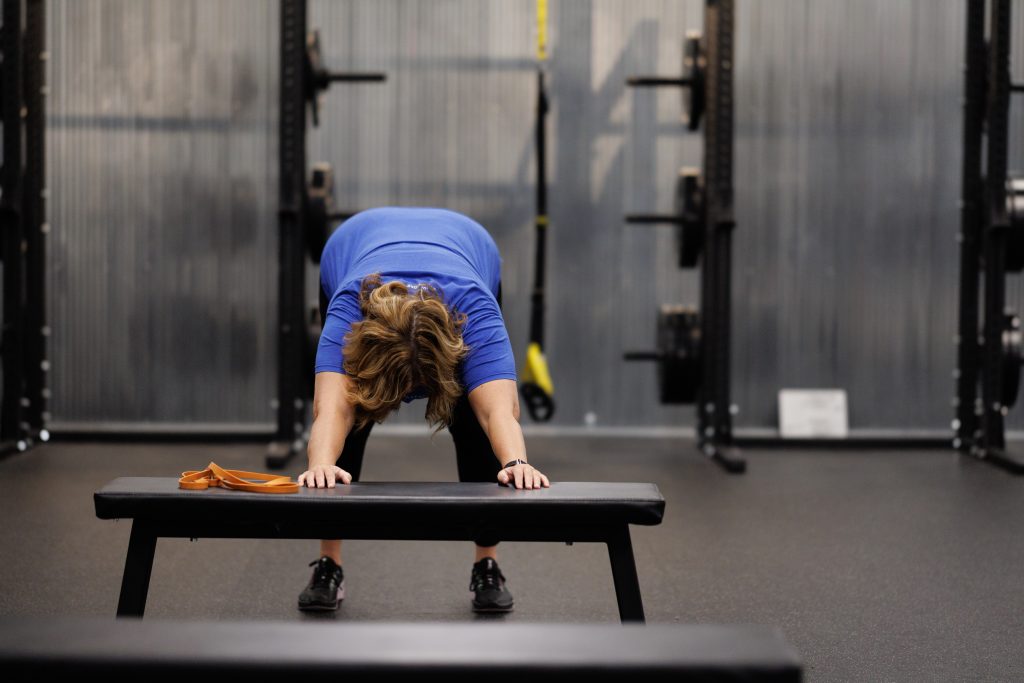In today’s age of sedentary lifestyles and desk-bound jobs, the prevalence of back-related ailments has skyrocketed. One such condition that has garnered attention in the orthopedic and physiotherapy spheres is mechanical low back pain. So, what is it, and why is it essential to understand its nuances?
The Underlying Mechanism
Unlike other back issues that may stem from infections, tumors, or metabolic diseases, mechanical low back pain arises from the wear and tear of the structures that support the spine, specifically the muscles, tendons, ligaments, and discs. The pain is directly related to the posture, activity, or movement of the individual.
Why Is It Different?
The unique characteristic of this ailment is its direct correlation with physical activities. While someone might feel severe discomfort after a day of heavy lifting, another might experience it after prolonged sitting. The root cause always points towards a mechanical stress or strain.

Triggers to Watch For
Identifying the triggers can often be the first step in managing this condition. Common initiators include:
- Poor Posture: Slouching or sitting without proper back support can put undue pressure on the spine.
- Repetitive Movements: Constantly repeating the same physical motion can wear out specific sections of the back.
- Lifting Techniques: Incorrect lifting can shift excessive weight to the lower back, leading to strain.
- Trauma or Injury: A fall or accident can lead to acute instances of pain.
The Road to Recovery
Thankfully, for many, mechanical low back pain is not a life sentence. Several interventions can help alleviate and manage the discomfort:
- Chiropractic care: Reducing spinal stiffness with spinal manipulation can help relieve symptoms of low back pain.
- Rehab Exercises: Targeted exercises can strengthen the back and core muscles, providing better support to the spine.
- Posture Training: Simply being mindful of one’s posture during daily activities can significantly reduce the stress on the back.
- Ergonomic Adjustments: For those with desk jobs, ensuring the workspace is back-friendly can make a world of difference.
A Note on Prevention
As with many health issues, prevention is always better than cure. Regular exercise, maintaining a healthy weight, and being mindful of one’s posture can significantly reduce the risk of developing mechanical low back pain.
Conclusion
While mechanical low back pain can be distressing, understanding its root causes and potential solutions can pave the way for effective management and recovery. Always consult with a healthcare professional for a personalized assessment and treatment plan.

Recent Comments